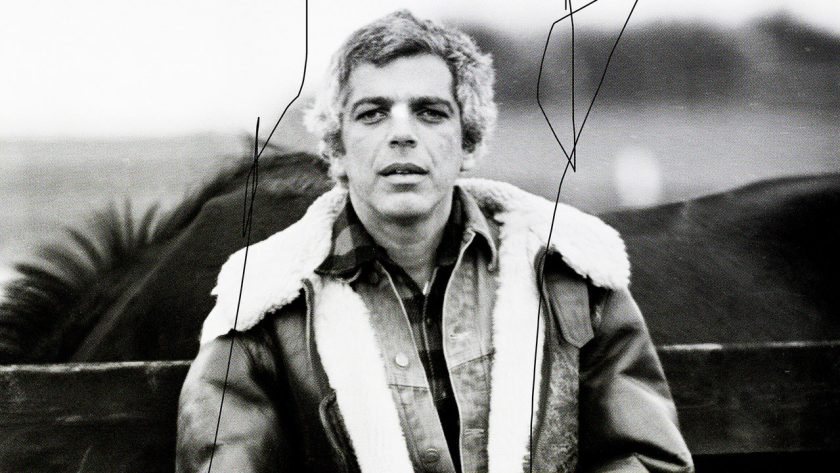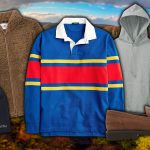This is an edition of the newsletter Pulling Weeds With Chris Black, in which the columnist weighs in on hot topics in culture. Sign up here to get it in your inbox every Thursday.
Going to high school in Conyers, Georgia, in the 1990s, you either embraced the trappings of our region—big trucks, hunting, American flags, belt buckles, and boots—or did not. I wasn’t interested in rocking full camo or spending weekends in the treestands with my buddies, scented with deer urine, waiting patiently for a 12-point to reveal itself.
In the world that I inhabit today, however, nothing is cooler than dressing like a cowboy. My fashionable friends and normies alike have adopted the look in various forms. It’s not rare to see someone strolling through Soho in all denim or a western shirt snapped up and paired with a classic pair of aviators. Cowboy boots of all varieties have been popping up for the last several years, from the hard-to-miss steel-capped Calvin Klein version from Raf Simons to traditional styles from Boot Barn; even the humble Roper has made a comeback. I clocked my boss at J. Crew, Brendon Babenzein, wearing a suede pair a few weeks ago, and they looked great.
Pop culture, meanwhile, is awash in the cowboy-adjacent. Country music has, as I’ve written, found a wider audience, thanks to the emo-tinged Zach Bryan, politically inscrutable Oliver Anthony, and Luke Combs’ country chart-topping cover of Tracy Chapman’s “Fast Car.” Kayce Dutton, the brooding bad boy heir to the Dutton throne in the hit neo-Western Yellowstone, now in its final season, looks smoldering in his tin cloth jacket, worn-in jeans, and beat-up brown boots. GQ’s Gabriella Paiella just declared Martin Scorsese’s much-heralded new film about the Osage murders in 1920s Oklahoma, Killers of The Flower Moon, “the hat movie of the year.” Supermodel Bella Hadid, a known horse girl, is dating a horse rider and trainer, which officially makes her a “buckle bunny.”
We can trace the recent history of cowboy dress to a style icon whose influence has more recently been felt in the prep revival: Ralph Lauren. After buying his Colorado ranch in the late 1980s, Lauren embarked on what has become a career-spanning homage to the American West, first with Polo Country, in which he combined Americana with the British countryside lifestyle, and later with RRL, the elevated Western brand that he launched in 1993. (As the photo above attests, he himself was dressing like a cowboy as far back as 1977—in East Hampton, no less.) RRL draws inspiration from the workwear worn by the gold rush miners and ranch hands of the mid to late 1800s, as well as military gear from the American Civil War and World Wars. It has become the uniform for a particular brand of wealthy new cowboy—someone who feels as comfortable in Malibu as he does in Jackson Hole. (The RRL stores, by the way, are incredible: Everything in its place, with the perfect patina. It feels like shopping in a fantasy, or on a Hollywood backlot.)



